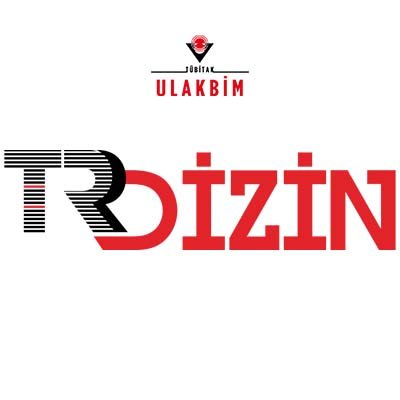To research the relation between isokinetic knee power and sprint speed in young male soccer players, 51 young volunteer players were taken as test subjects. Their average age was =18.220±1.190 years, average height was =177.675±6,616cm, average body weight was =69.539±7,199kg. and they were playing in Candidates for Professional Soccer (PAF) teams of three professional clubs in Istanbul in season 2003-2004. These players have been playing soccer at least for five years, they were regularly training for 4-5 times a week, playing a league match once a week, and they have not been exposed to any injury short period before the tests. Soccer players in the test group were subject to sprint test and isokinetic tests besides normal training and league matches. Newtest Powertimer System device was used for sprint speed test, and Cybex Extremity System 340 device was used for isokinetic power test. The players’ sprint times were measured for 0-3, 0-10, 0-20, 0-30, 0-40 meters. For isokinetic knee power measurement, peak tork values for flextion and extension were measured for both knees and peak values’ percentage according to body weight (BW%) and total work were calculated. As a result of statistical evaluations, sprint times relations between each other were found significantly high. Especially the relations between sprint times in 0-20, 0-30, 0-40 meters were very high and depending upon that high relation, it can be said that players’sprint times can be defined by their sprint times in 0-20, 0-30 meters. Regarding relations between isokinetic tests and sprint times, significant relations were only found between 0-3 meter sprint time and peak power in left knee extension 300o/sec. With these results, it is not much possible to say that isokinetic knee power is the determinant of sprint speed. Thus, isokinetic power training is not enough in improving soccer players’ sprint times, additional training techniques are needed.


.jpg)


.png)


